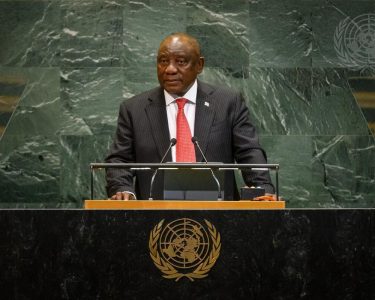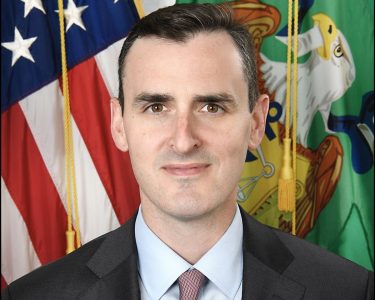
Despite on-going geopolitical and trade tensions, the World Economic Outlook (WEO) is showing some resilience with global growth projected at 3.0 percent in 2025, and 3.1 in 2026.
The International Monetary Fund (IMF) had projected a lower global economic growth in April following trade wars by the United States of America (USA) towards its trade partners by imposing high tariffs, but later suspended them; this helped the economy to recovery, though slightly.
The IMF says this reflects stronger-than-expected front-loading in anticipation of higher tariffs; lower average effective US tariff rates than announced in April; an improvement in financial conditions, including due to a weaker US dollar; and fiscal expansion in some major jurisdictions.
Global headline inflation is expected to fall to 4.2 percent in 2025 and 3.6 percent in 2026, a path similar to the one projected in April.
According to the IMF, global growth is expected to decelerate, with apparent resilience due to trade-related distortions waning. At 3.0 percent in 2025 and 3.1 percent in 2026, the forecasts are below the 2024 outcome of 3.3 percent and the pre-pandemic historical average of 3.7 percent, even though they are higher than the April reference forecast. The upward revision for 2025 is quite broad based, because it owes in large part to strong front-loading in international trade as well as to a lower worldwide effective tariff rate than assumed in the April reference forecast and to an improvement in global financial conditions.
Global uncertainty remains elevated as the US will impose its tariffs on its trade partner in August, the US had paused its tariffs until August and it is projected that America will return with higher tariffs than the ones it imposed in April; plunging the globe into further uncertainty.
According to the IMF, growth in advanced economies is projected to be 1.5 percent in 2025 and 1.6 percent in 2026. In the United States, with tariff rates settling at lower levels than those announced on April 2 and looser financial conditions, the economy is projected to expand at a rate of 1.9 percent in 2025.
This is 0.1 percentage point higher than the April reference forecast, with some offset from private demand cooling faster than expected and weaker immigration. Growth is projected to pick up slightly to 2.0 percent in 2026, with a near-term boost from the OBBBA kicking in primarily through tax incentives for corporate investment.
This is 0.3 percentage point higher than the April reference forecast. The IMF staff estimates that the One Big Beautiful Bill Act (OBBBA) could raise US output by about 0.5 percent on average over the WEO horizon through 2030, relative to a baseline without this fiscal package.





